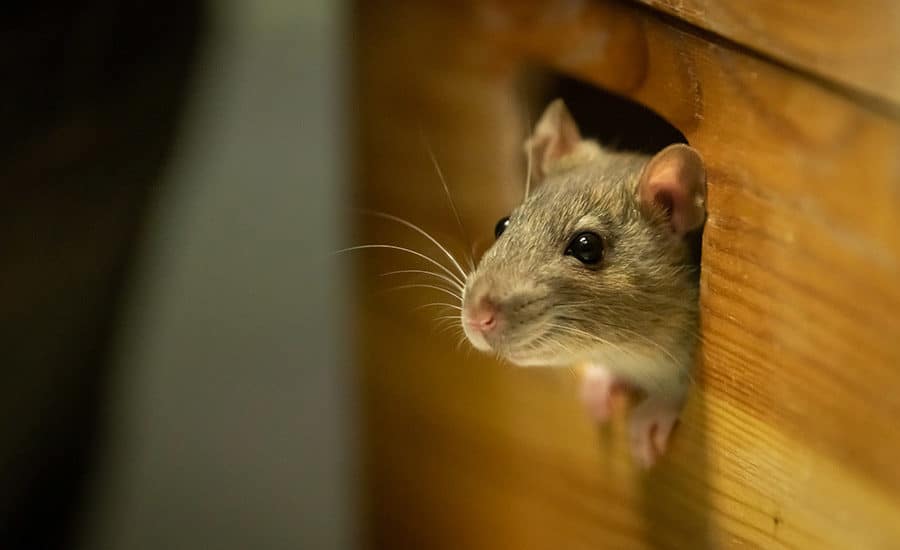 How rats spoil the house
How rats spoil the house
A rat or mouse in your home can carry a lot of risks. Rodents can spread disease, and both rats and mice can cause a great deal of damage to the structure of your home as well as eating and contaminating your—and your pet’s—food.
Damage
Rats and mice can cause structural damage to homes, apartments, offices, and virtually any type of building through gnawing, nest-building, and defecation:
- Mice will chew on just about anything that they see as useful in building their nests. This could be wood, paper, cloth, books, etc.
- A mouse will gnaw and burrow into upholstered furniture or seats of cars to create a hidden, snug nest.
Insulation is not safe from mice either. They will tunnel into insulation inside walls and attics, either to make a - home or to gather soft materials for their nests.
- Mice also will chew on the insulation around wires. This has been known to cause a real threat of fire.
- Mice will even build their nests in large electrical appliances, again chewing on or through insulation and wiring, which can cause the appliance to short circuit, malfunction, or lead to the risk of fire.
- The mice have no respect for any item, they will gnaw on and into just about any chewable item that is stored in the attic, basement, garage or closet, including irreplaceable family heirlooms, valuable paintings, and important documents.
- The more hidden away and undisturbed an item or area is, the more likely a mouse or rat is to see it as a comfortable, secure home.
Then, when that mouse travels around your home seeking nesting materials, food, and water, it will leave behind urine trails and fecal droppings. Not only do these contaminate the surfaces and foods on which they land and cause the potential spread of disease, but they also leave a scent trail for other mice—letting them know this is a great place to live.
Foods
- Mice are not very fickle when it comes to food, they will feed on a vast array of stored food items or pet foods.
If a food item comes in a cardboard box or paper wrapping—it’s a double bonus for the mouse. The packaging can be used for nesting and the food inside for eating. - While they are in the pantry or cupboard, the mouse also will contaminate food with their urine, droppings, and hair.
- Although it eats only about three grams of food per day, it is estimated that a mouse contaminates and destroys 10 times more food than it eats as it leaves its droppings, nibbles on packages, and leaves numerous partially eaten foods behind, leaving all of it inedible and unfit for humans or pets.
- Even without food being inside, a mouse will gnaw on plastic containers and wooden items, and shred stored paper—paper towels, napkins, etc.—for their nests.
Outside, mice and rats can damage the structure of your home in their attempts to get inside. Mice need a hole the size of a dime to squeeze into your home. But if a hole is found, and it’s not quite big enough, it will chew on the structure until it is. - Mice also can dig up and feed on newly planted crops in gardens, cause damage before harvest, and burrow into other areas on the property for food and nesting.

 How rats spoil the house
How rats spoil the house